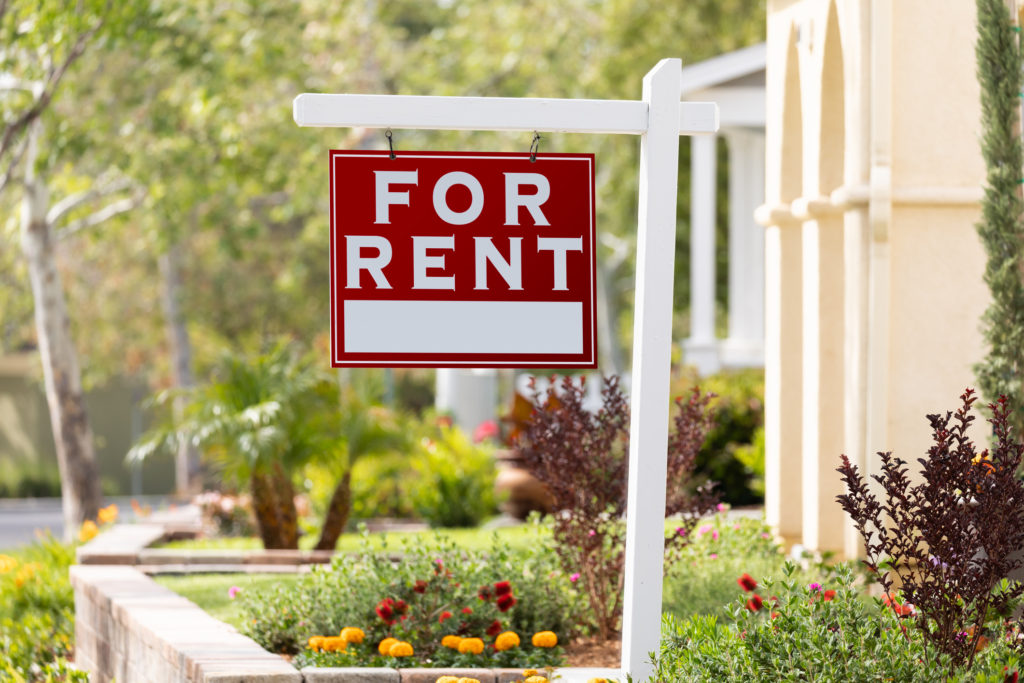Converting a Personal Home to a Rental Property


I recently received a query from a couple that I’ll call David and Ruth Anderson. They wed two years ago, own a home in an area where sales prices have soared, can easily handle real estate taxes and monthly mortgage payments and have a combined income, mostly from salaries, of $90,000.
They’re considering moving into a new dwelling. Plan A is to convert their present home into a rental property, while Plan B is to sell their home with an anticipated profit just north of $300,000. What do I think of Plan A? It all depends, as their decision is an inherently subjective one. Viewed solely from the perspective of taxes, I am able to say with complete confidence that Plan B is akin to chicken soup: it can’t hurt, and it could help.
Our lawmakers carefully crafted Code Section 121 to help sellers like David and Ruth. It allows them to escape taxes on as much as $500,000 of profit from the sale of their home (or $250,000 each if they file separate returns).
The couple qualifies for the profit exclusion only if they have owned and used the home for an aggregate of at least two years out of the five-year period that ends on the sale date. Another stipulation is that at least two years must have elapsed since they last availed themselves of the profit exclusion. If they sell, they could use the proceeds, undiminished by taxes, for that new home or anything else that pleases them.
Here are the pros and cons of Plan A. If David and Ruth become landlords, they will be able to offset their rental receipts with deductions for such operating expenses as utilities, repairs, insurance and real estate taxes. (The $10,000 cap on Schedule A deductions for real estate taxes on personal residences that was introduced by the Tax Cuts and Jobs Act for the years 2018 through 2025 doesn’t apply to Schedule E deductions for real estate taxes on rental property.)
I would remind the couple that Schedule E deductions also include depreciation. But the rules are convoluted when one calculates depreciation for a personal residence converted to a rental property. The IRS requires depreciation to be determined on the lower of either the property’s adjusted basis at the time of conversion or its fair market value at the time of conversion. Adjusted basis, in most cases, is what the owners paid for the home, exclusive of land, which isn’t depreciable, plus certain settlement or closing costs connected with the purchase, such as legal fees or title searches, and improvements, such as additional rooms or major renovations.
When Schedule E shows a profit, it’s taxed as ordinary income, just the same as salaries. When Schedule E shows a loss, as is not uncommon because of depreciation write-offs, then, presumably, the couple should be able to offset the loss against their salaries and other kinds of income. First, though, they should bone up on the rules for rental-property losses.
Unsurprisingly, clients’ eyes glaze over and they slump in their chairs when I explain that, generally, such losses are subject to the restrictive rules for tax-shelter deals and can offset only income from shelter arrangements. Shelter losses can’t shield from taxation income that isn’t from shelter arrangements, such as their wages.
These clients slightly recover from their torpor, however, when I mention several exceptions to the restrictions, particularly a break for many owners of rental property who qualify as “active” managers. The term is IRS-speak for those helping to make decisions on such things as approving tenants, setting rents and approving capital improvements.
The law allows owners like David and Ruth to offset up to $25,000 in losses against other income. The cap drops to $12,500 for married persons filing separate 1040s and living apart at all times during the year and becomes zero for married couples who live together and file separately.
The break begins to phase out when adjusted gross income (with some modifications) exceeds $100,000, and it vanishes when AGI surpasses $150,000. For married couples filing separately, the $100,000 and $150,000 figures become $50,000 and $75,000, respectively. But unused losses are eventually recovered when they sell the property.
As of now, no problems exist for joint filers like the Andersons, as their income of $90,000 is south of the magic number of $100,000. But I would remind them that if they switch to higher-paying jobs or their income otherwise increases, the phase-out kicks in.
Another snag: Claiming rental losses could increase the likelihood of an audit, as the IRS suspects that many landlords incorrectly claim them. If the Andersons are audited, the IRS will, among other things, want proof that they actively participate in management decisions, have an ownership interest of at least 10 percent in the property and correctly compute their deduction under the AGI test.

